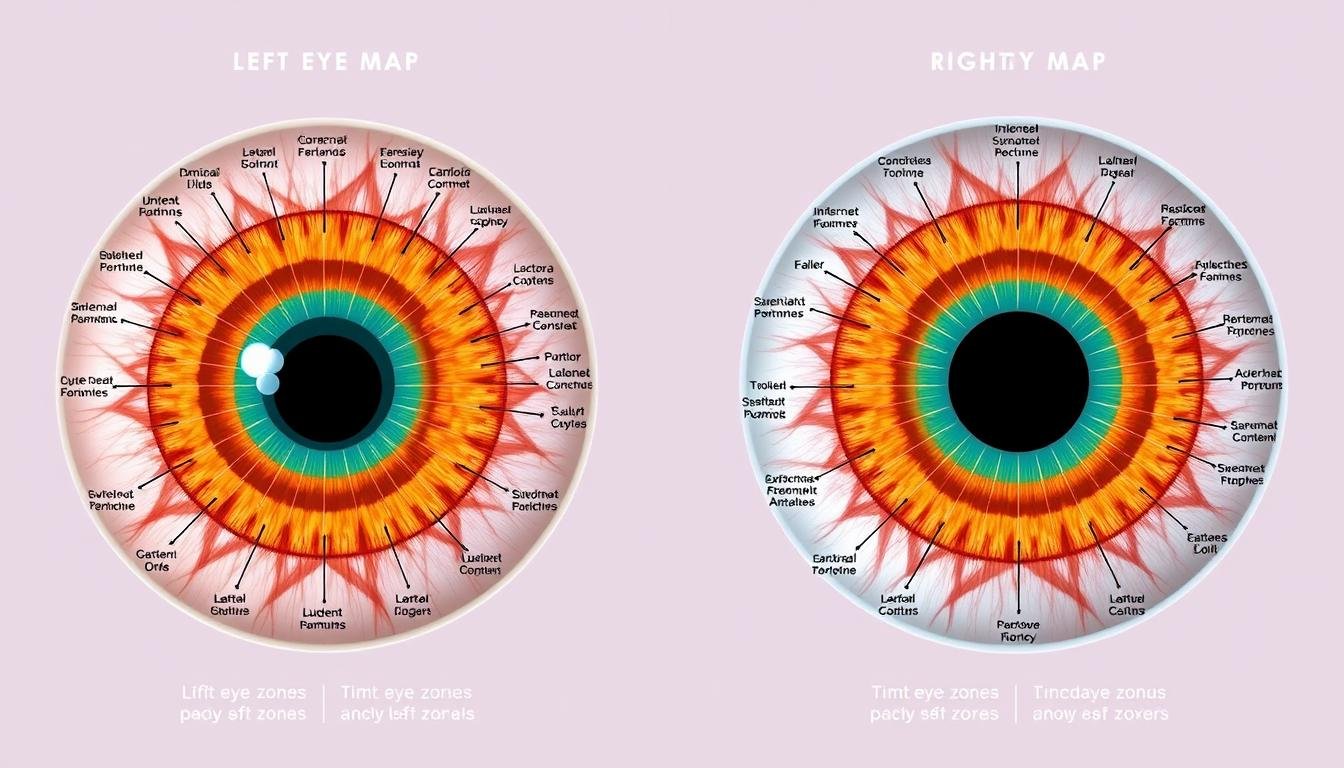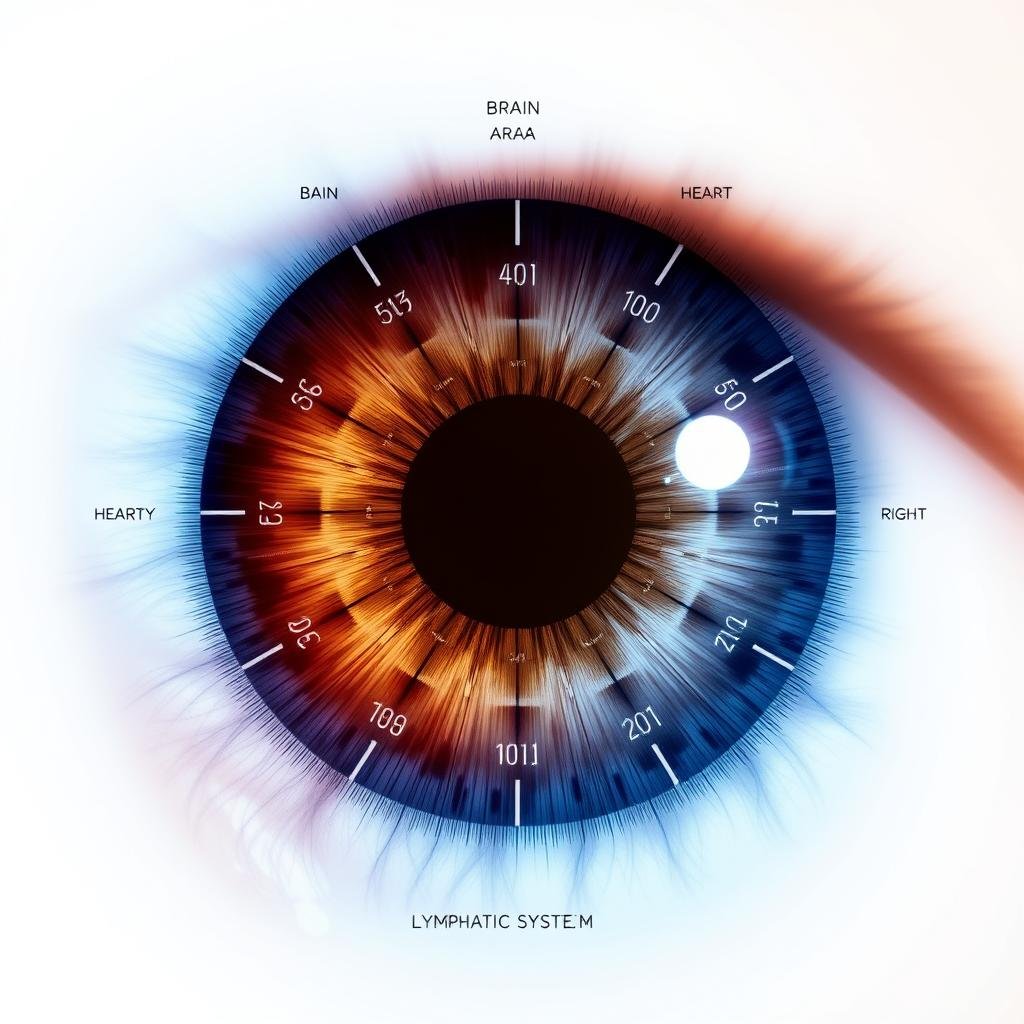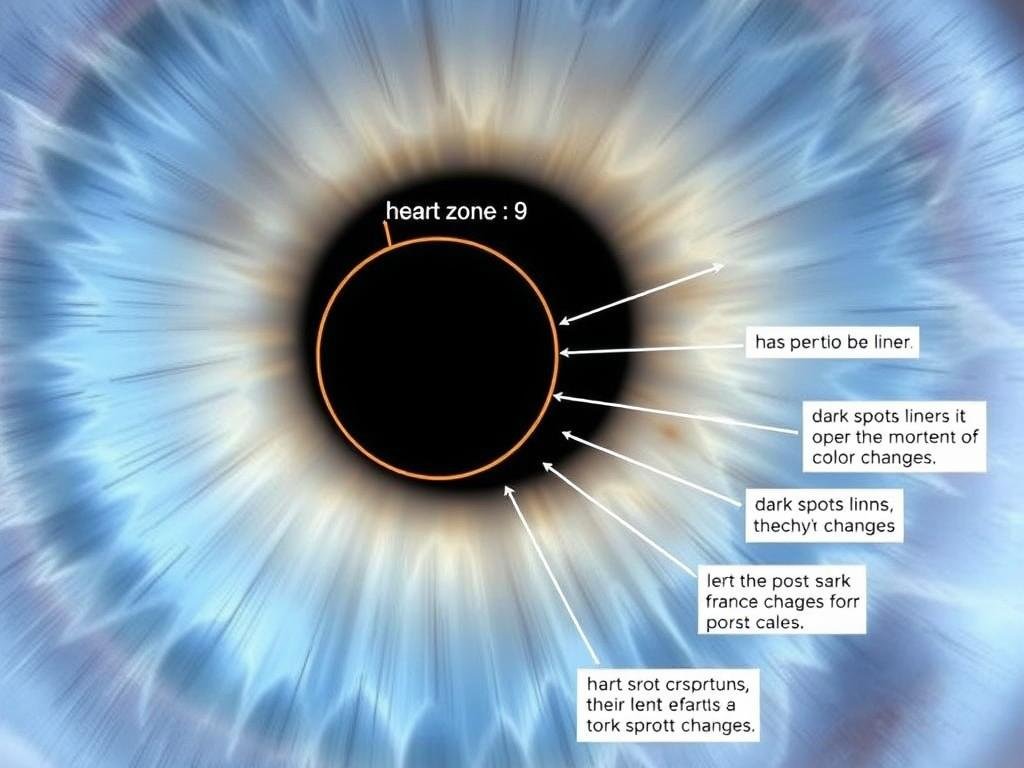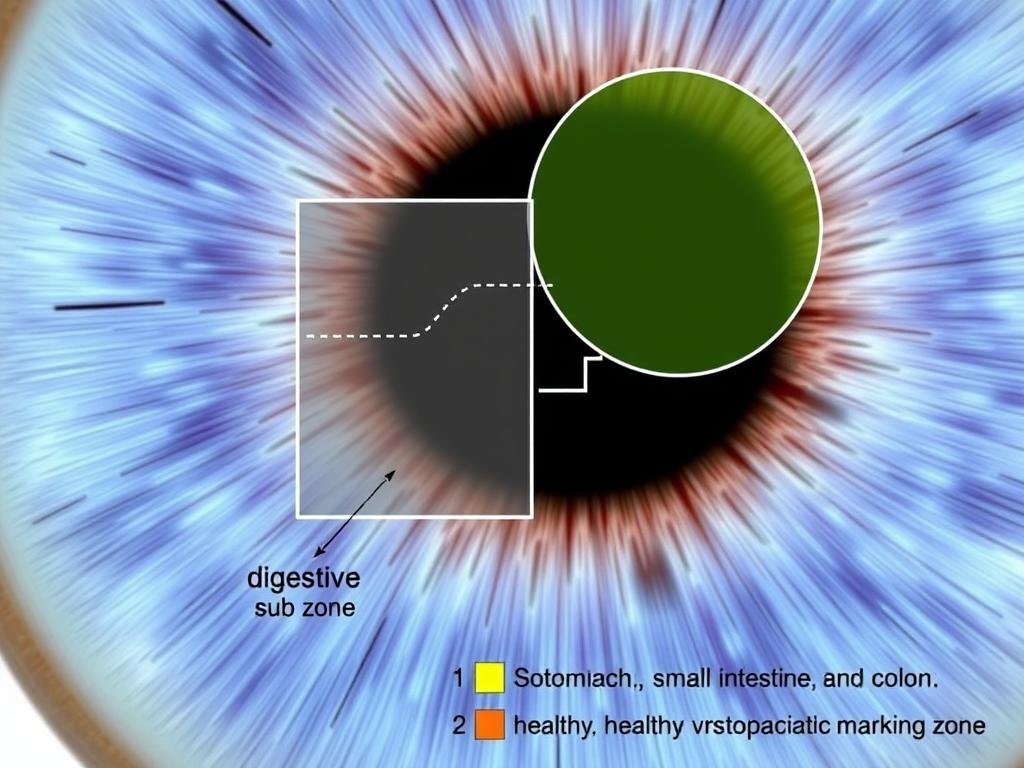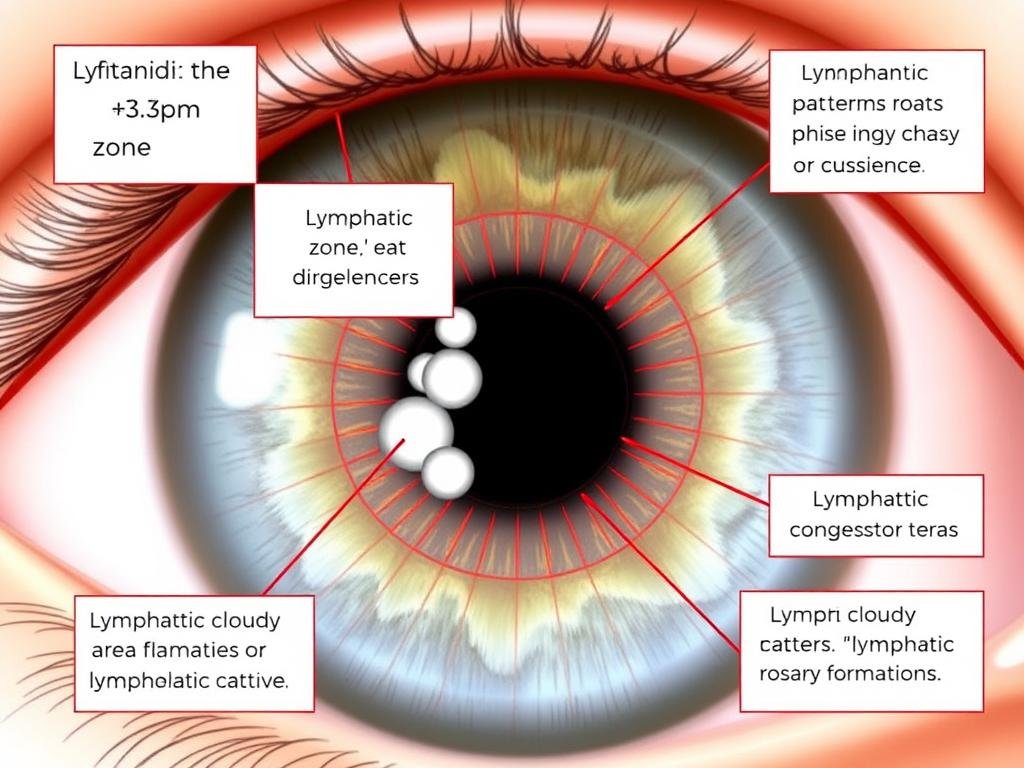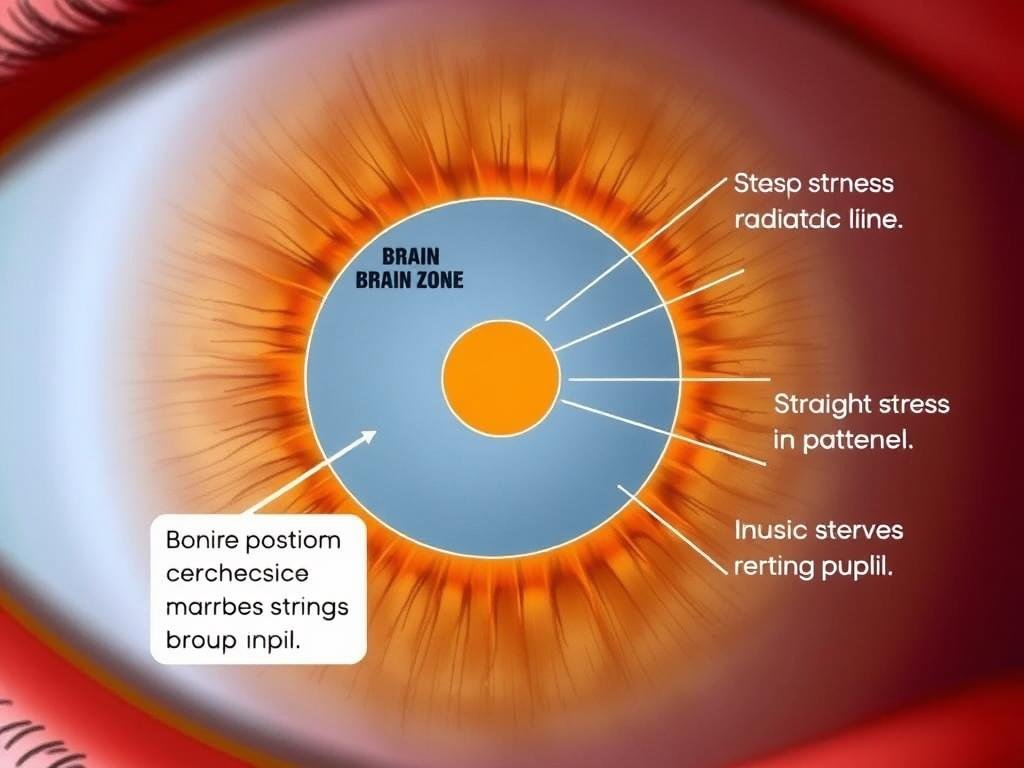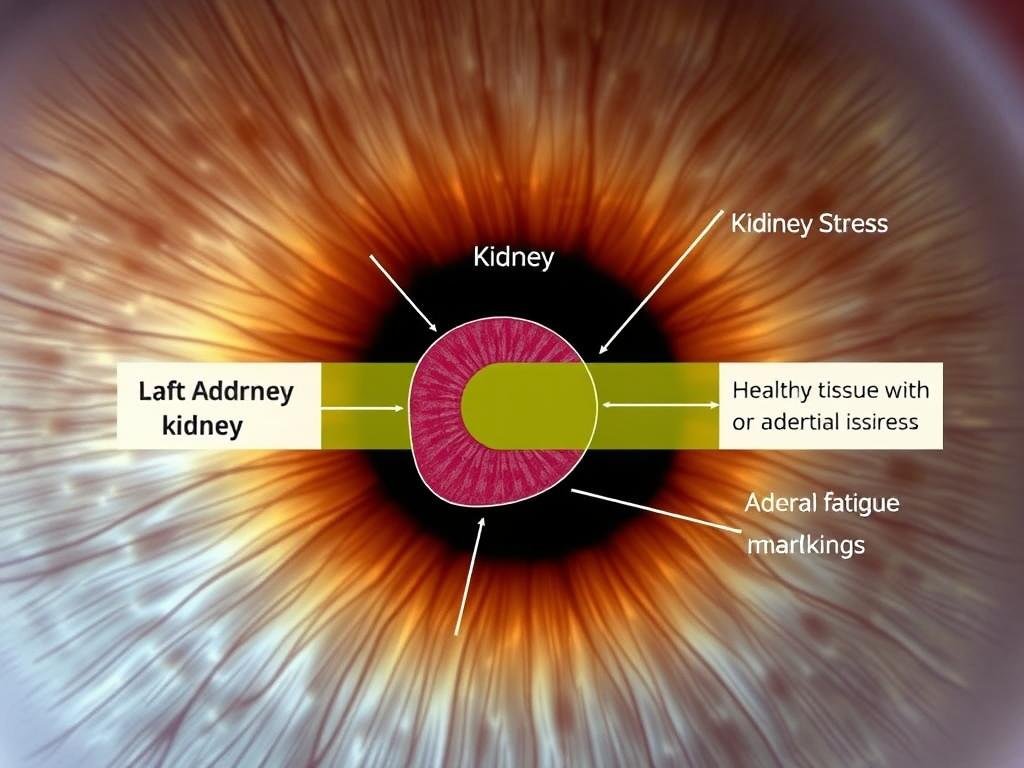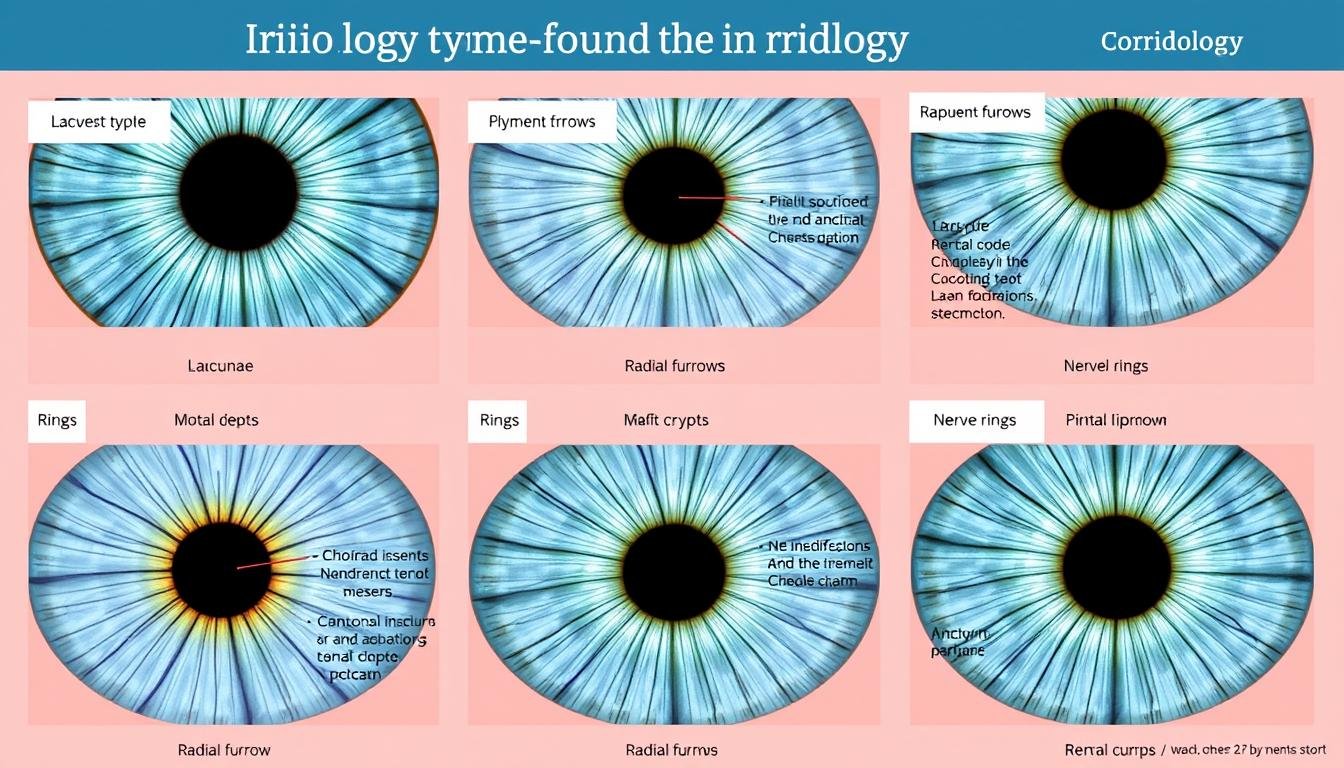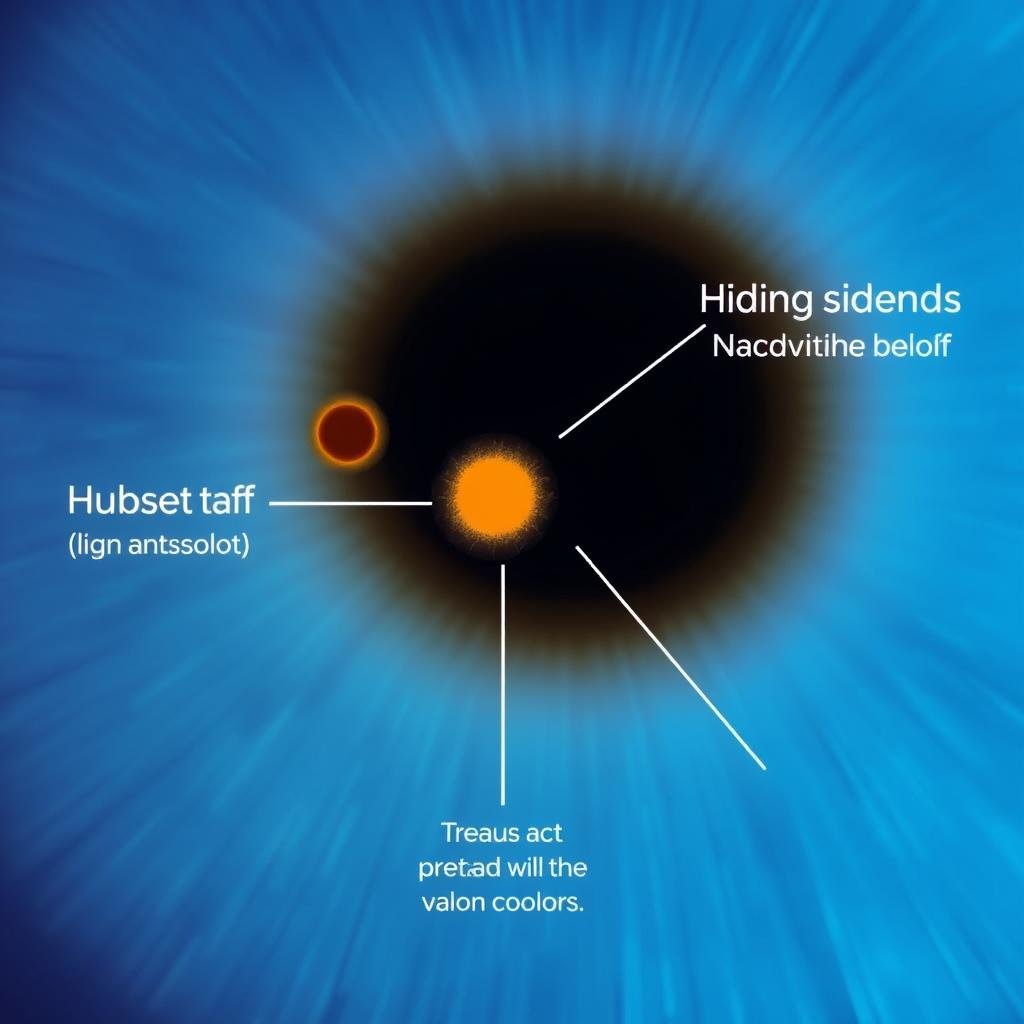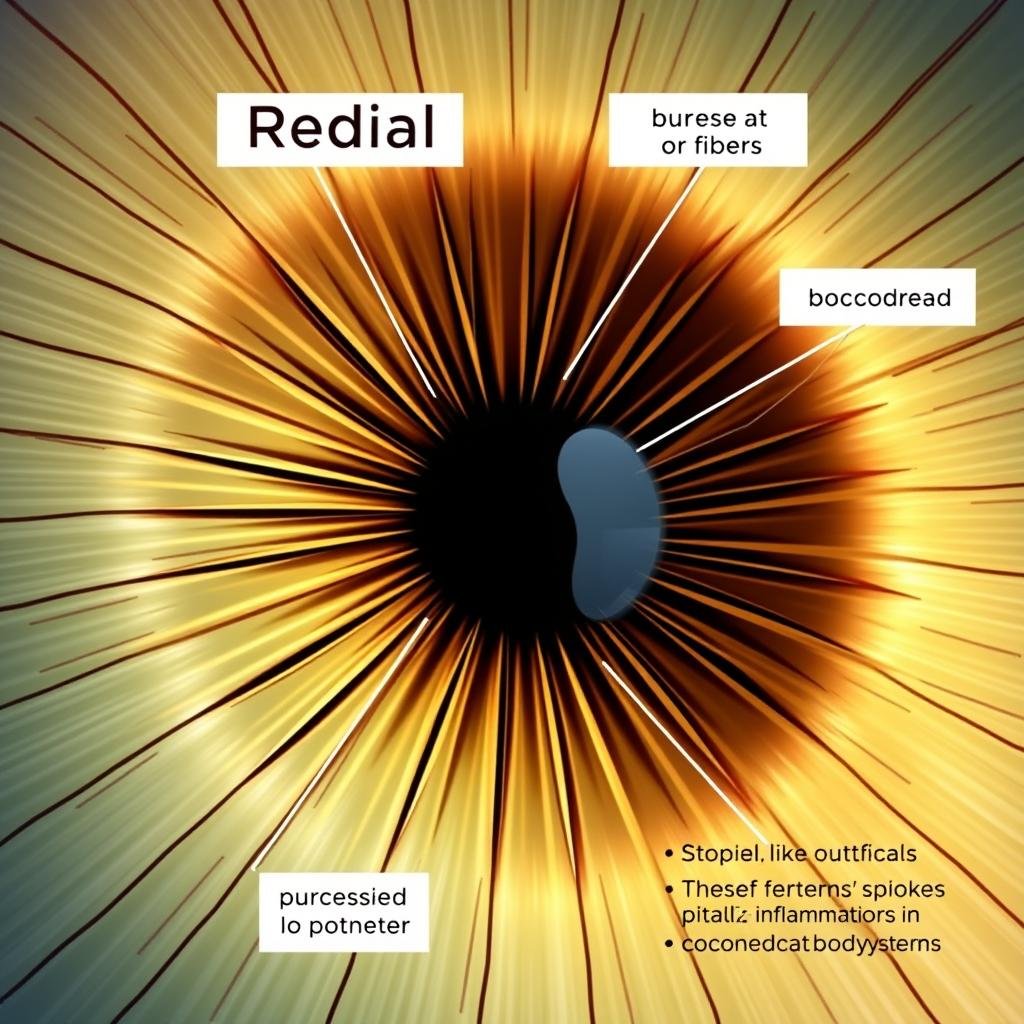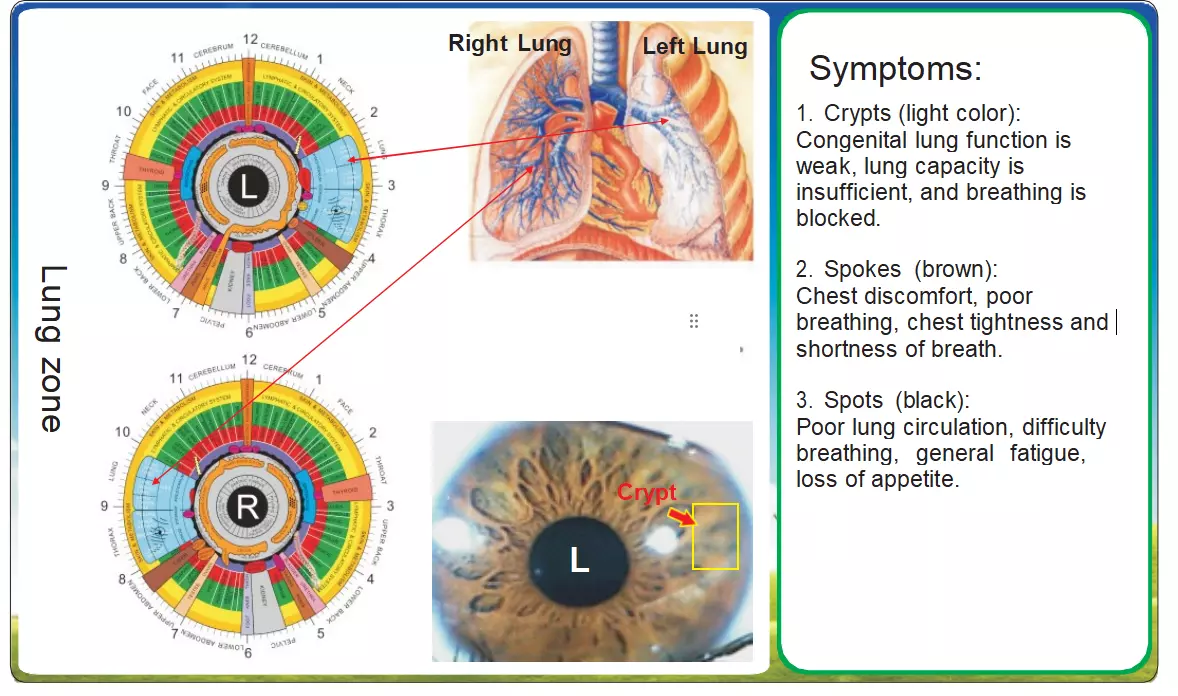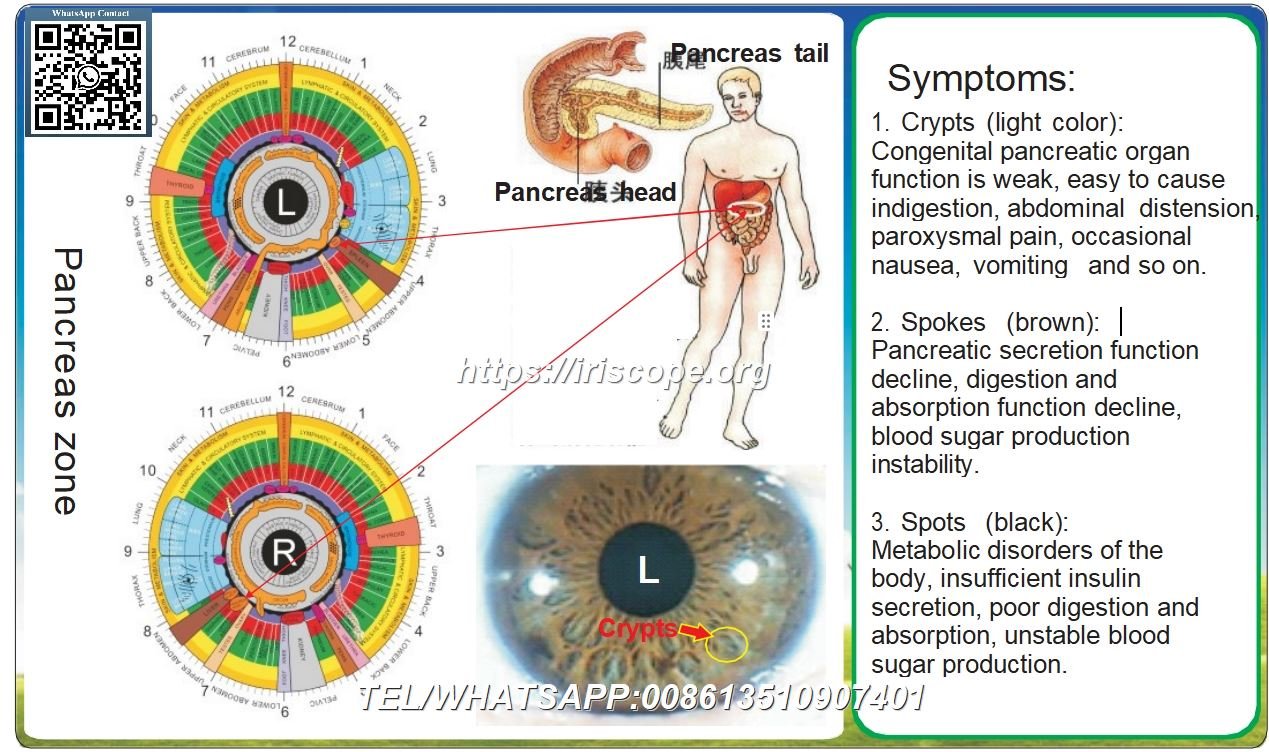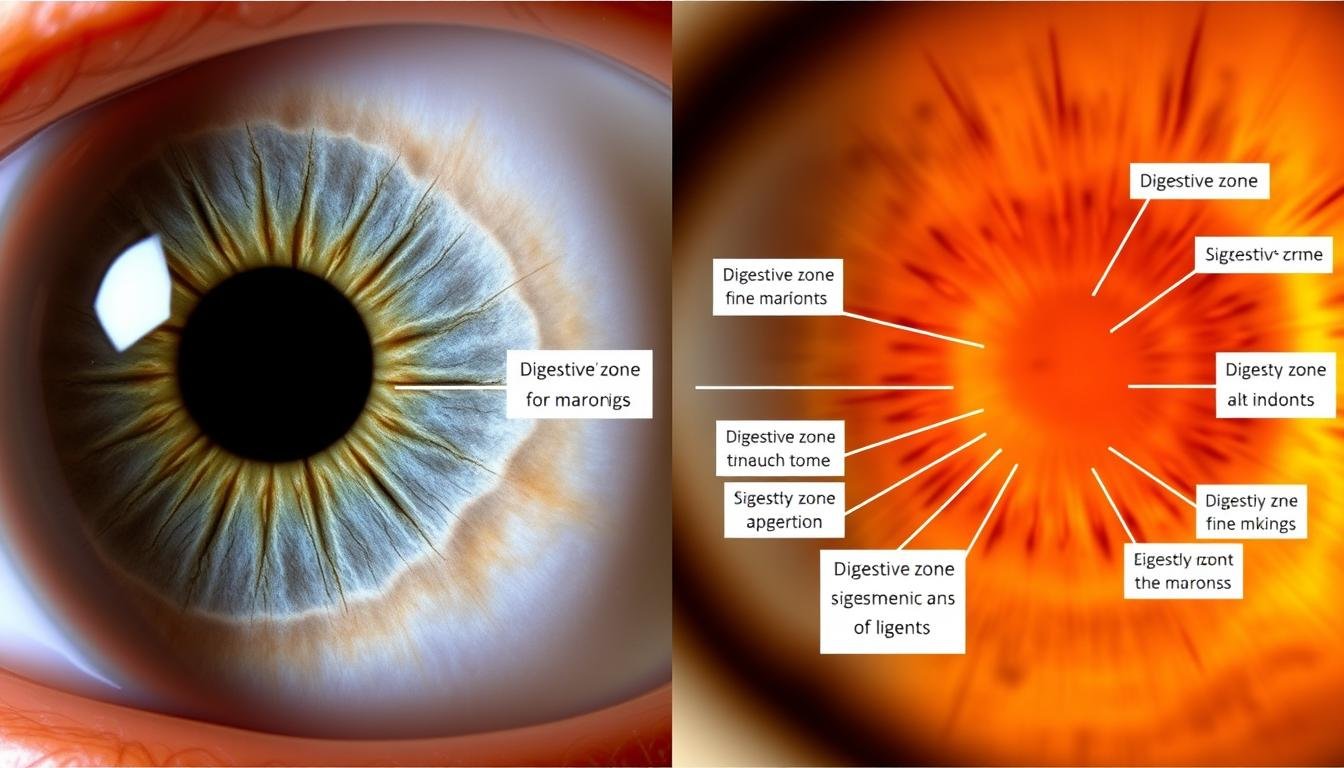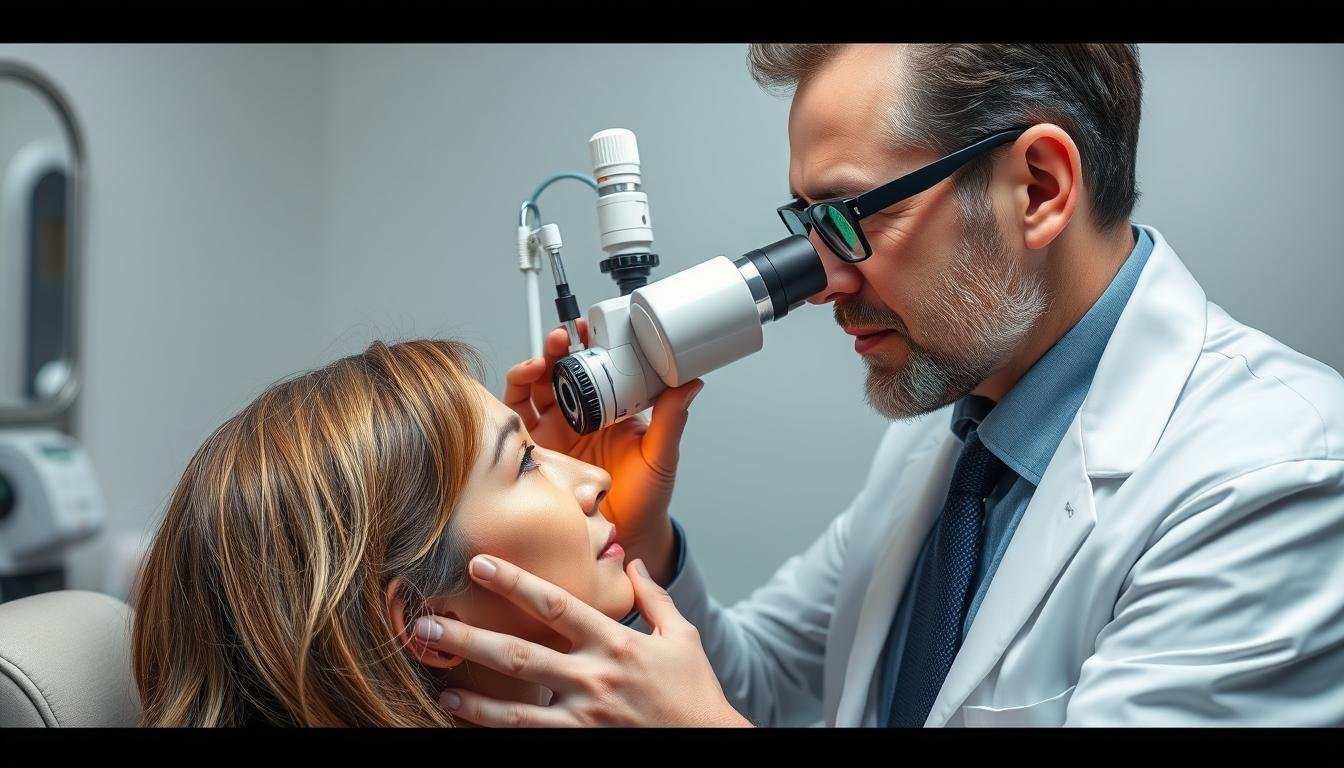| 12 |
Left brain (psychological) |
Mental health, emotional state |
Stress, anxiety, depression, mental exhaustion |
| 1-2 o’clock |
Left face/neck |
Skin health, tension in neck muscles |
Migraines, neck pain, TMJ disorders, sinus issues |
| 2-3 o’clock |
Left throat |
Respiratory and throat function |
Sore throat, hoarseness, respiratory infections |
| 3-4 o’clock |
Left upper back |
Spinal health, upper back and shoulder muscles |
Upper back tension, shoulder pain, poor posture |
| 4-5 o’clock |
Left stomach |
Digestive function, acid production |
Stomach ulcers, indigestion, low stomach acid |
| 5-6 o’clock |
Left pelvic region |
Reproductive organs, urinary system |
Menstrual issues, urinary tract infections, pelvic pain |
| 6-7 o’clock |
Left lower back/legs |
Musculoskeletal health, leg circulation |
Sciatica, hip problems, lower back pain, leg cramps |
| 7-8 o’clock |
Rene sinistro |
Kidney and urinary function |
Kidney stones, bladder issues, water retention |
| 8-9 o’clock |
Left lungs |
Respiratory health, lung capacity |
Asthma, chronic bronchitis, shortness breath |
| 9-10 o’clock |
Left heart |
Cardiovascular system, emotional well-bee |
Heart disease, chest pain, circulatory issues |
| 10-11 o’clock |
Left digestive organs |
Digestive system health |
Constipation, bloate, poor digestion, liver function |
| 11-12 o’clock |
Left pancreas/spleen |
Blood sugar regulation, immune health |
Diabetes, hypoglycemia, digestive issues, autoimmune problems |














